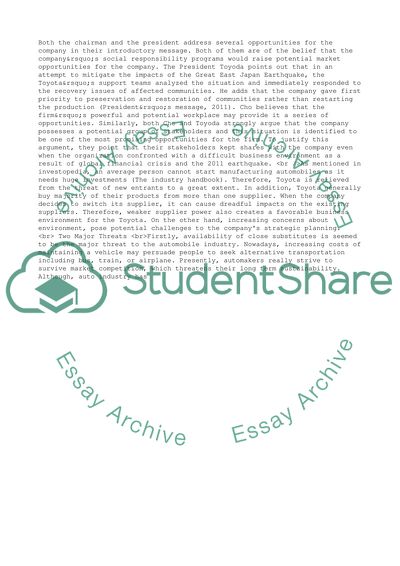Cite this document
(“Strategic Management: External Analysis a Toyota Case Admission/Application Essay”, n.d.)
Retrieved from https://studentshare.org/management/1433367-strategic-management-external-analysis
Retrieved from https://studentshare.org/management/1433367-strategic-management-external-analysis
(Strategic Management: External Analysis a Toyota Case Admission/Application Essay)
https://studentshare.org/management/1433367-strategic-management-external-analysis.
https://studentshare.org/management/1433367-strategic-management-external-analysis.
“Strategic Management: External Analysis a Toyota Case Admission/Application Essay”, n.d. https://studentshare.org/management/1433367-strategic-management-external-analysis.


